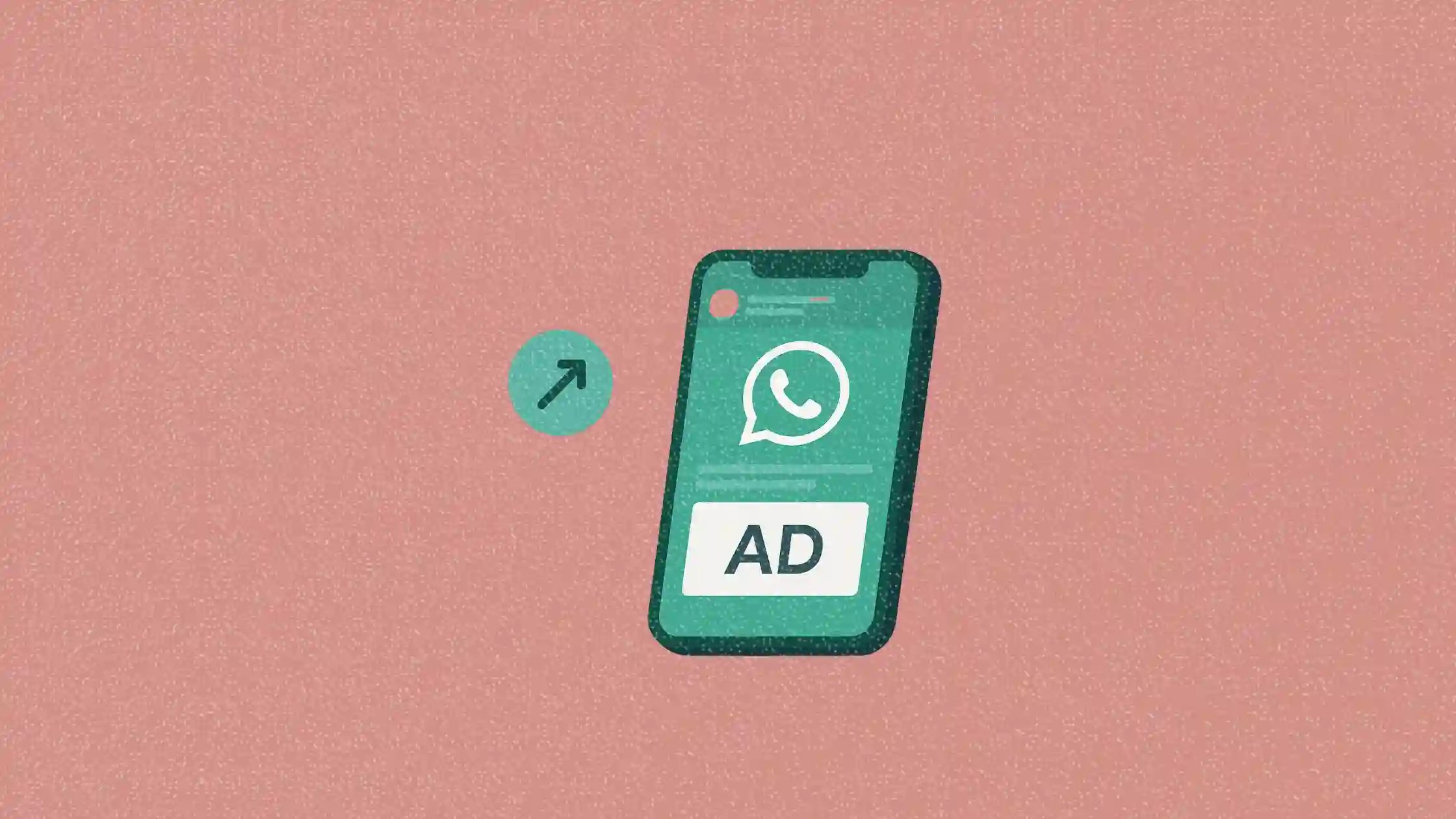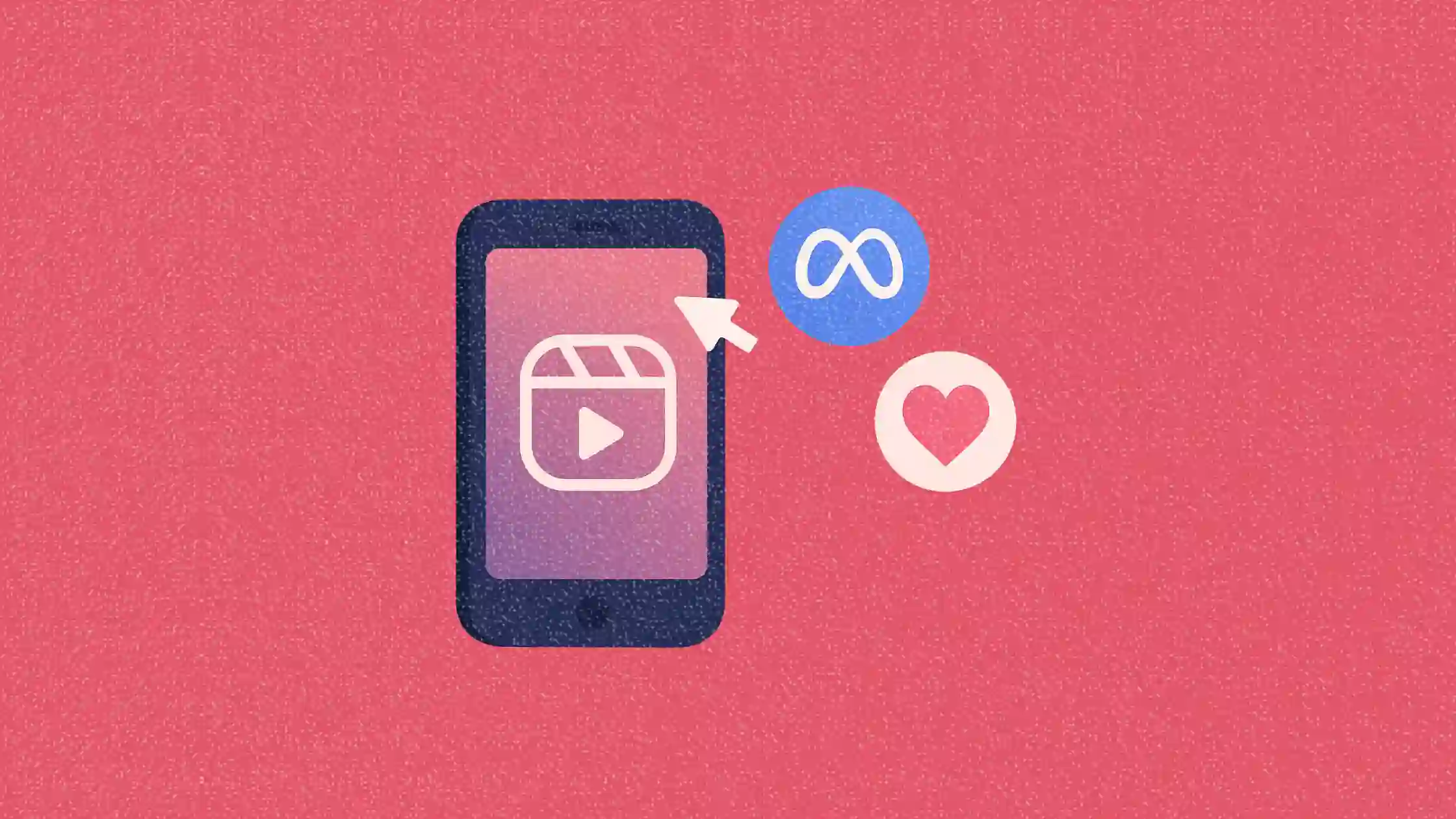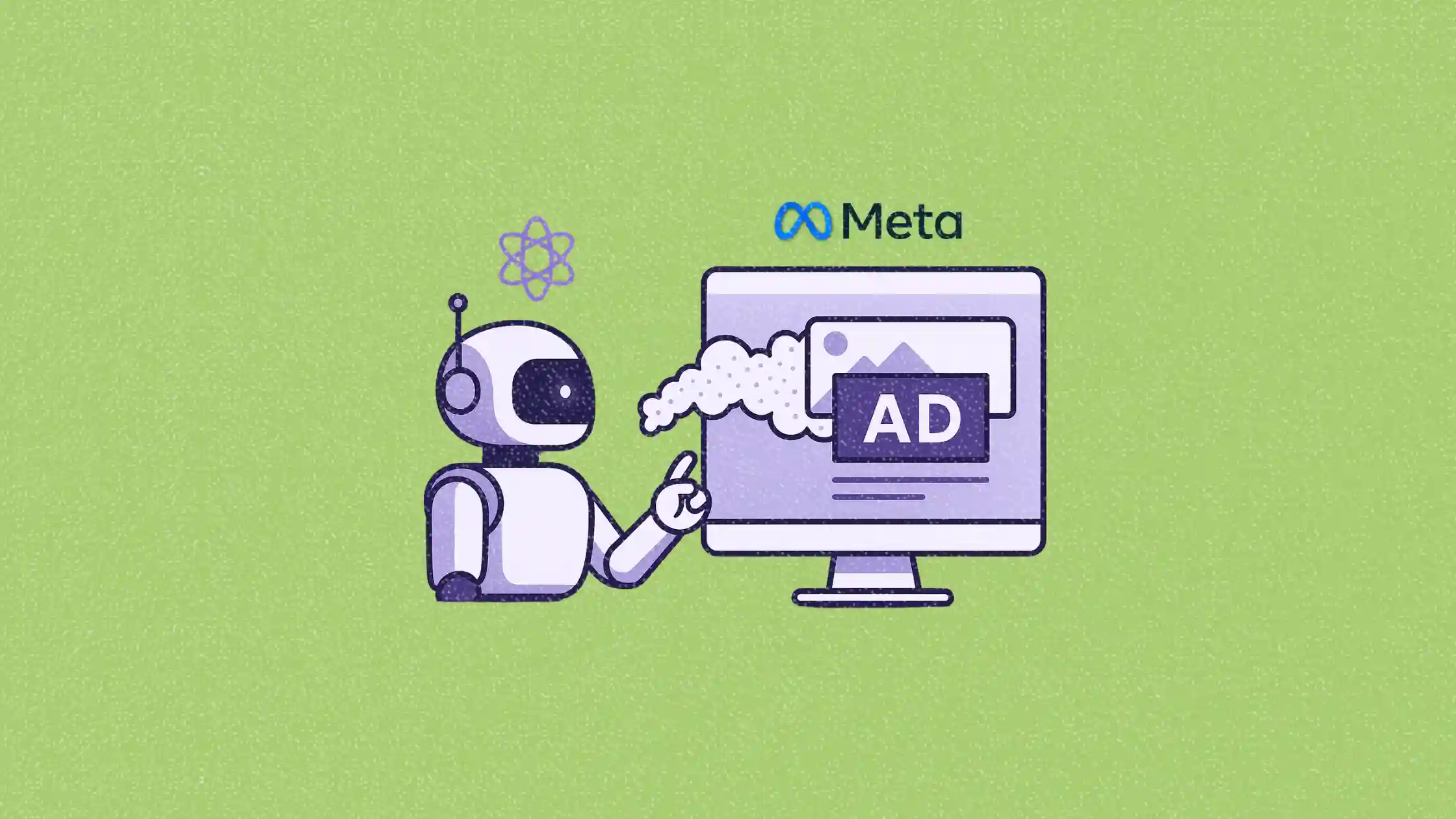WhatsApp ads are coming soon
Meta will soon show ads in WhatsApp’s Updates, Status, and Channels tabs—but not in chats.

After years of speculation, Meta is finally cracking open the ad gates on WhatsApp.
The company announced it will begin placing ads in the messaging platform’s Updates tab, which includes Status and Channels. Crucially, these ads will not appear in personal or group chats—an intentional choice to preserve WhatsApp’s private communication ethos.
With over 1.5 billion users engaging with Status updates and Channels daily, the move signals a major monetization shift for one of Meta’s most widely used products.
This article explores Meta’s new WhatsApp ad rollout, what it could mean for user experience, and how marketers might use this change to reach new audiences—without triggering backlash.
Short on time?
Here’s a table of contents for quick access:

What's changing on WhatsApp
Meta will start serving ads within the Updates tab of WhatsApp, specifically in Status and Channels. The company clarified that ads won’t appear inside user chats, and that no personal message content will be used to target users.
The ad format in Status will resemble Stories ads already familiar to Facebook and Instagram users. Meanwhile, Channels—a one-to-many broadcast feature—will incorporate ads between posts, giving brands a way to be seen in high-attention content environments.
These new placements will rely on non-invasive targeting signals such as users’ country or city, language, followed Channels, and previous ad interactions on WhatsApp. All targeting preferences can be managed in Meta’s Account Center.

Why Meta is doing this now
Since acquiring WhatsApp for US$19 billion in 2014, Meta has been slow to directly monetize the platform. However, the introduction of WhatsApp Business allowed companies to use the app to engage with customers via product catalogs, order updates, and real-time messaging. Now, Meta appears ready to scale that momentum with display ads.
The company made over US$160 billion in ad revenue in 2024 across its platforms. Yet WhatsApp remained the outlier—heavily trafficked but largely untouched by ad monetization. The new ad rollout positions WhatsApp to join Facebook and Instagram as revenue contributors, especially with Meta pushing harder into AI-driven ad optimization across all surfaces.
Importantly, Meta is framing this move as an opportunity to help businesses "build relationships" on WhatsApp—not just run cold campaigns. Whether users buy into that message remains to be seen.

What marketers should know
Meta’s WhatsApp ad rollout opens new ground for reaching mobile-first, privacy-conscious users—but it also introduces unique constraints. Here’s what you should keep in mind:
1. No chat-based targeting—so creatives matter more.
With Meta restricting targeting inputs to basic profile and behavioral info, your creatives need to carry the weight. Think visually strong, context-aware, mobile-native content. Don’t expect the same precision targeting available on Facebook Ads.
2. Channels and Status = new real estate for brand storytelling.
If your brand isn’t already experimenting with Channels on WhatsApp, now is the time. These broadcast-style feeds offer organic visibility and now, ad insertion options. For consumer brands and media properties, this creates a parallel opportunity akin to Instagram Broadcast Channels.
3. Expect different engagement norms.
WhatsApp is not a scroll-and-like platform. It’s lean-in, notification-driven, and more intimate. Marketers need to recalibrate expectations around clicks and conversions. The messaging app context demands subtlety, not flashy interruptive ads.
4. Watch for backlash—and be transparent.
WhatsApp has long positioned itself as a “no ads, no games, no gimmicks” platform. Marketers should approach cautiously and clearly identify when a message is sponsored. Transparency and relevance will be key to building trust.
Meta’s move to add ads in WhatsApp may have been inevitable, but how it plays out for brands depends on execution.
Done right, it offers a rare new surface to reach billions—without violating the platform’s core promise of private communication. Done poorly, it could alienate loyal users and hurt brand perception.
For now, marketers should watch how this rollout evolves and consider lightweight experimentation through Channels or Status-style creatives. WhatsApp may be a latecomer to ads, but its daily reach makes it too big to ignore.






